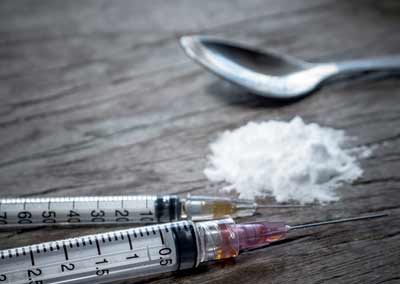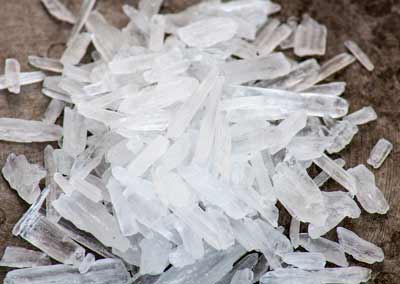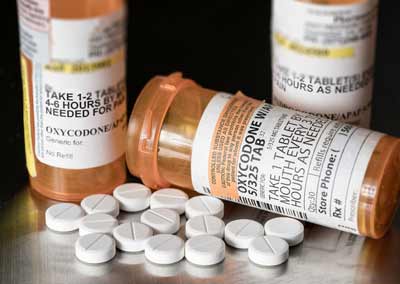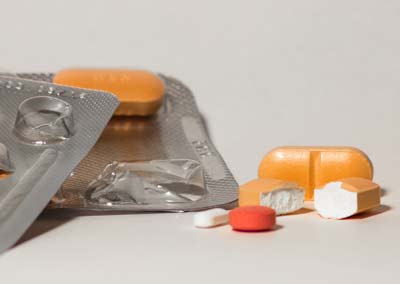
Opioid Addiction
“Opioid” is a blanket term to describe drugs that are either natural or synthetic versions of opiates (drugs that have been derived naturally from the seeds of the opium poppy plant), including both heroin and prescription painkillers. Opioids work like all drugs - by attaching themselves to the chemicals in your brain known as neurotransmitters. These chemical messengers facilitate communication between the billions of neurons in your brain that control every thought and function of your body. In the case of opioids, they attach themselves to the dopamine neurotransmitters. Dopamine is found in two sections of the brain - in one, it governs speech and movement, while in the other, it stimulates the sensations of reward and pleasure. Our bodies produce natural opioids, which attach themselves to the endorphin neurotransmitters. When activated, endorphins block the stress and pain receptors in your brain, and cause you to feel a rush of euphoria and calm. This is why opioids are such effective pain relievers - they attach to dopamine chemicals and create a pleasurable feeling, as well as mimicking natural opioids and causing a blissful, pain-free endorphin rush. It’s easy to see, then, why opioids are so highly addictive. Their powerful effect on the brain creates a potent rush that no amount of naturally released endorphins and dopamine can achieve. The only way to repeat the experience is to use the drug again, which will quickly evolve into dependence and then addiction. Besides the fact that no amount of the drug will be able to replicate that “first-time” rush, repeated use of opioids causes the brain to think that it has enough dopamine and endorphins, so it slows the natural production of these chemicals.Prescription Opioid Addiction
Unfortunately, opioid addiction often happens unintentionally. Many, if not most, people began using prescription opioids for legitimate reasons, like managing pain after surgery or an injury. But by the time they no longer need the high-powered pain relief found in opioids, their brain has already been affected enough to cause dependence, which can lead to abuse and addiction. Some of the most common prescription opioids available include (but are not limited to):- Codeine
- Morphine
- Oxycodone (OxyContin, Percocet)
- Hydrocodone (Vicodin)
- Methadone
- Fentanyl
Symptoms of Opioid Addiction
Addiction to opioids can cause both physical and behavioral changes. If you notice any of the following in yourself or someone else, they may be struggling with an opioid addiction:- Noticeable elation or euphoria
- Mood swings
- Filling multiple prescriptions from multiple doctors
- Sudden unexplained financial problems
- Isolating themselves, or having problems in relationships
- Confusion
- Drowsiness, nodding off, or losing consciousness
- Slowed breathing
- Pupil constriction
Treatment for Opioid Addiction
When you come to Tree House Recovery PDX, you will discover that our eight interconnected treatment modalities revolve around healing you as a whole person, not just addressing the symptoms of addiction. Our program is highly adaptive, and designed to provide each person with a recovery plan that addresses their individual needs, so that they can achieve complete and lasting recovery. If you or a loved one is struggling with an opioid addiction, contact us today at (503) 850-2474 and let us help you take the first step towards recovery.Understanding opioid addiction
Understanding opioid addiction can allow you to help a loved one who may be addicted. It is important to be familiar with the modes of use, street names, and signs of opioid addiction. If you suspect that a loved one is abusing opioids, please call us at (503) 850-2474.Opioid Street Names
- Buprenorphine (Suboxone): Bupes, Oranges, Stops, Stop Signs, Subs
- Codeine: Cody, Cough Syrup, Schoolboy, T-Three, Lean, Sizzurp
- Hydrocodone: Hydro, Norco, Viko, Vikes
- Methadone: Done, Dose, Dollie, Wafers
- Oxycodone: Blues, OC, Ox, Percs, Roxies, 30s, 40s, 80s
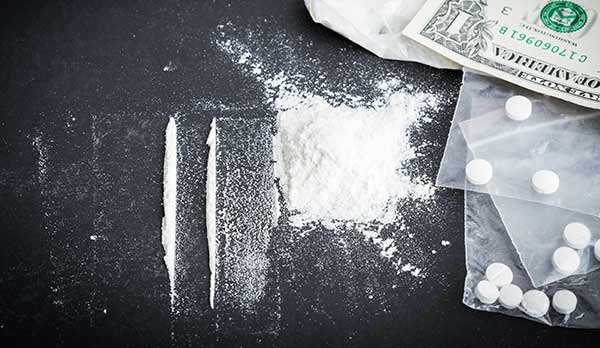
Snorting opioids
Opioids that come in pill form are often snorted. Evidence of this includes rolled-up bills, hollowed-out pens, straws, and mirrors.
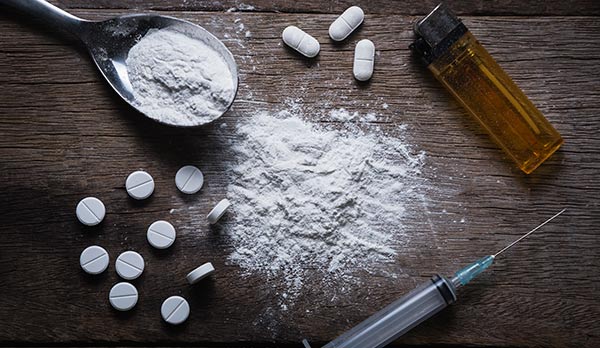
Injecting opioids
Opioids can be used intravenously (injected). Signs of use include needle marks, burnt spoons, and q-tips.
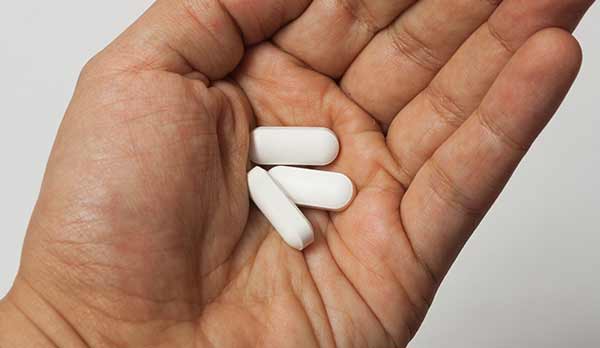
oral opioid abuse
Many opioids can easily be abused when used orally. Warning signs include taking more than the indicated dose.
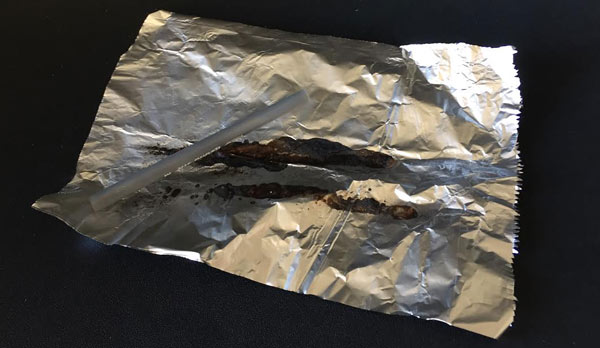
Smoking opioids
Opioids can be smoked using tinfoil. Evidence includes burnt tinfoil, hollowed-out pens and partially melted straws.


